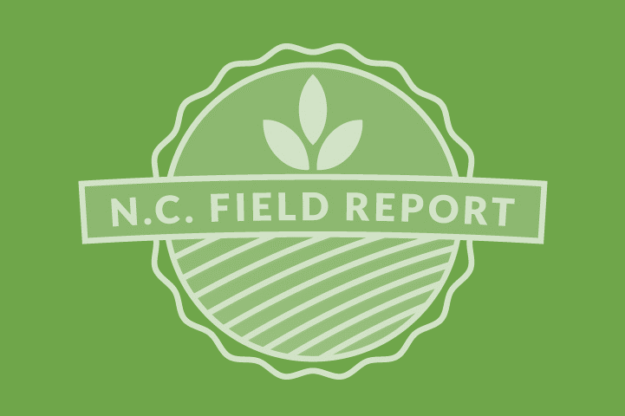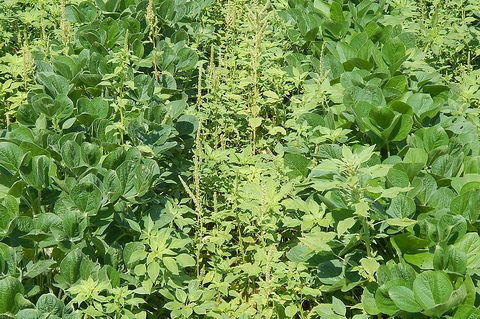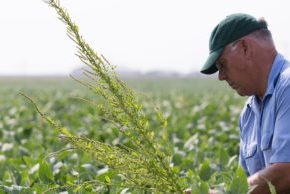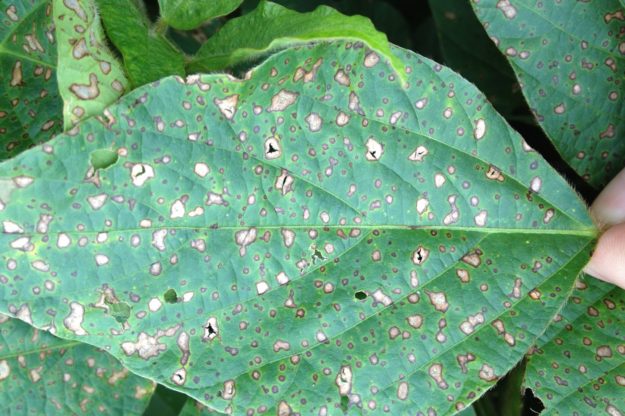Fungicide Timing
As many of our beans move into reproductive stages, now is the time to begin scouting for disease and thinking about fungicide applications. If, when and how often to apply fungicides are questions all soybean growers face. To help answer these questions the NCSPA sponsored research with a group of crop consultants in eastern N.C.…
Details












